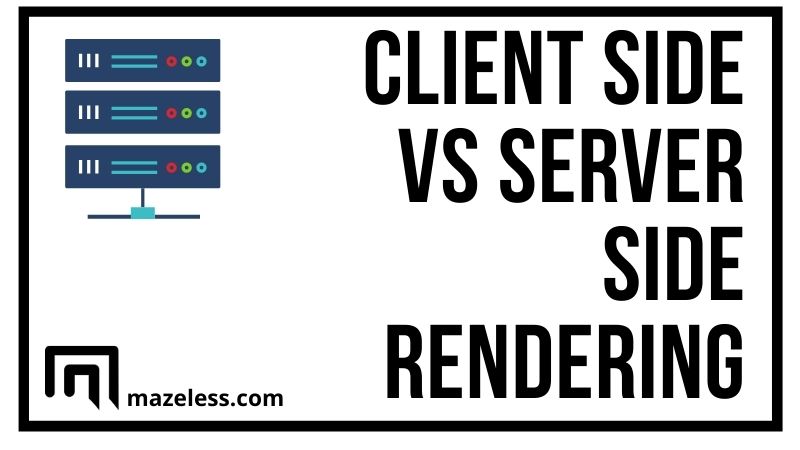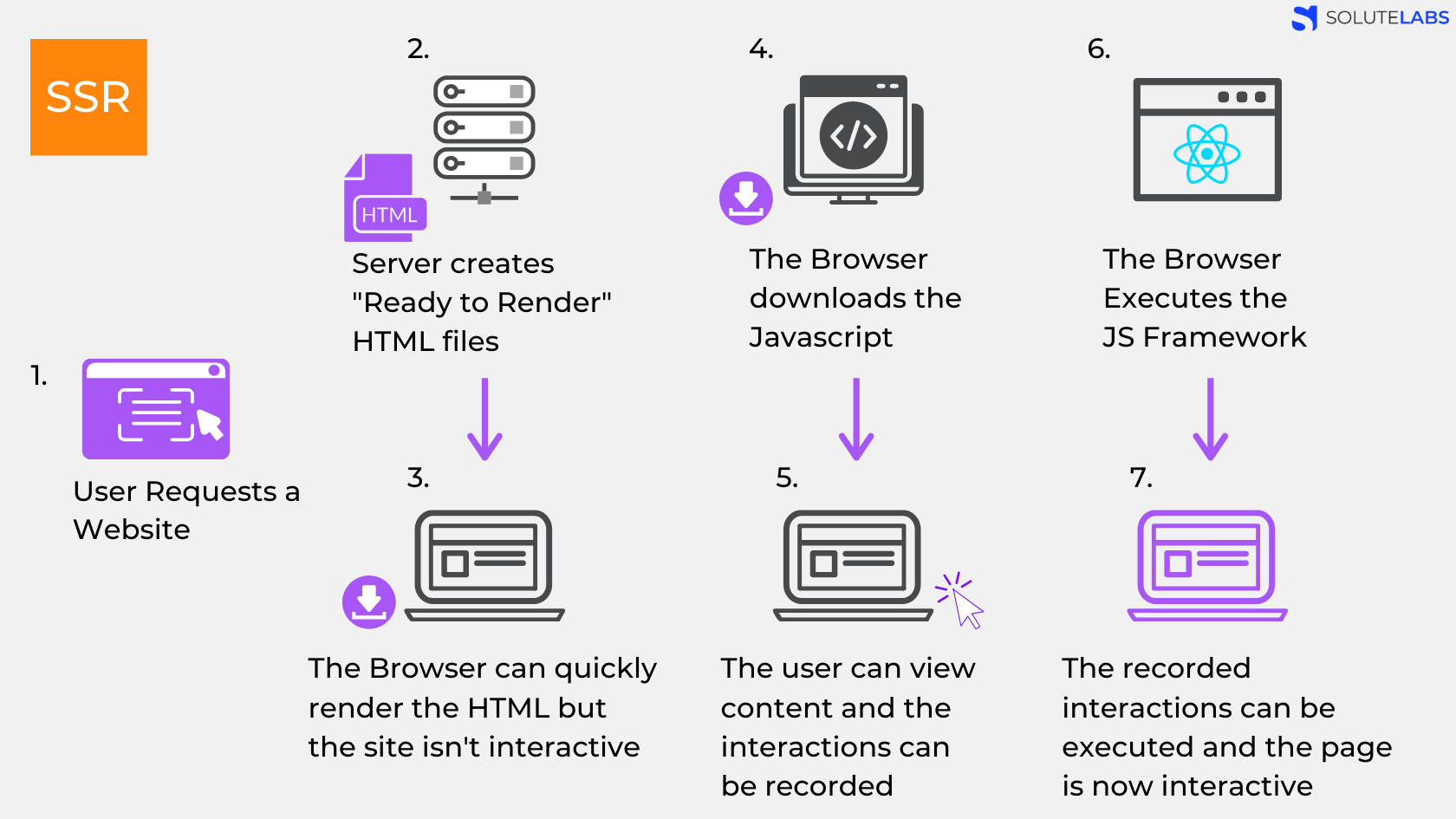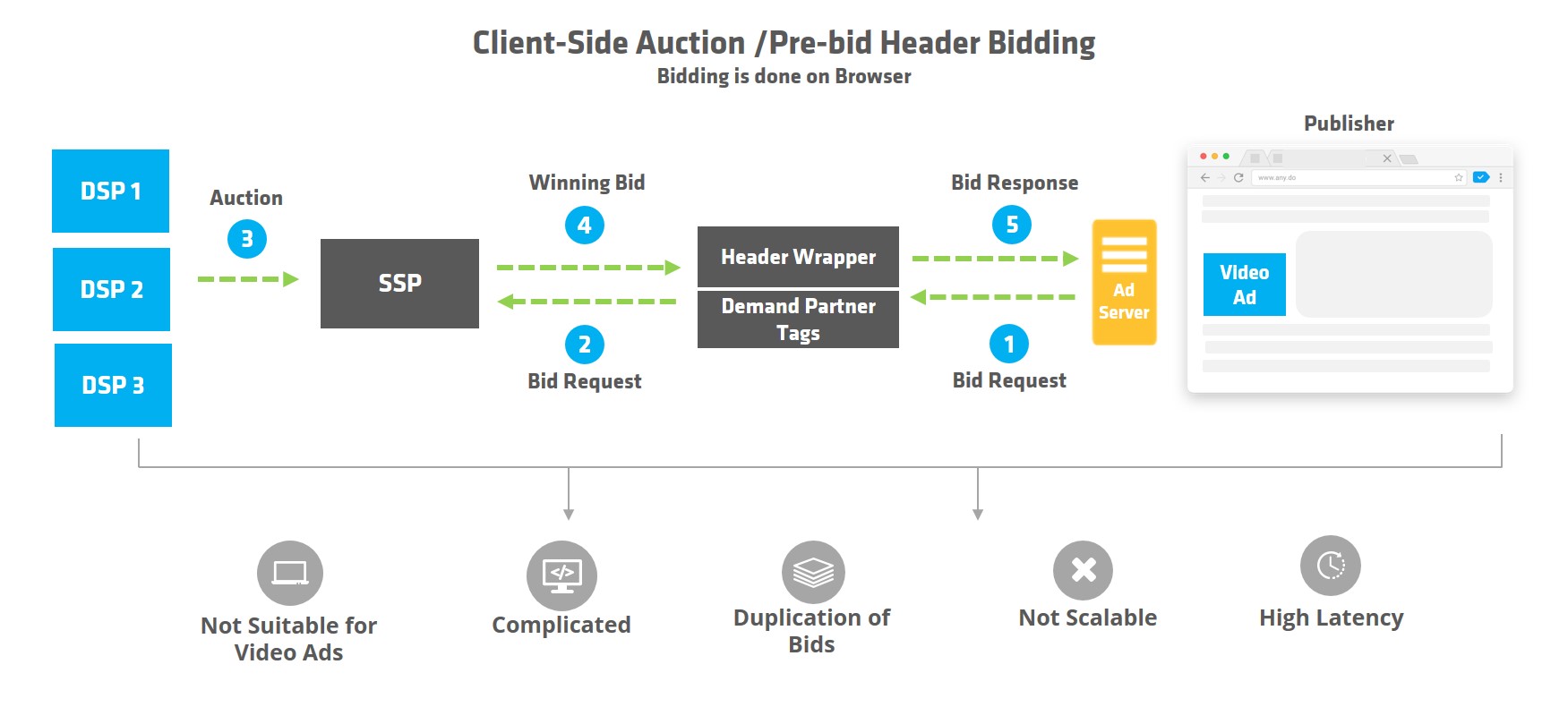Client-side and server-side refer to the two main types of processes that occur in a computer network. Client-side processes take place on the client's computer, while server-side processes occur on a server.
Client-side processes are those that are initiated by the client's computer, such as a web browser requesting a webpage from a server. These processes are typically executed in the client's web browser, using technologies like HTML, CSS, and JavaScript. The client-side processes are responsible for rendering the webpage on the client's computer and handling user interactions with the webpage.
Server-side processes, on the other hand, are those that are initiated by the server in response to a request from the client. These processes are typically executed on the server, using technologies like PHP, Ruby, or Python. The server-side processes are responsible for processing the request, accessing data from a database, and generating a response to the client's request.
One of the main differences between client-side and server-side processes is the location where they are executed. Client-side processes are executed on the client's computer, while server-side processes are executed on the server. This means that client-side processes are dependent on the client's computer and its capabilities, while server-side processes are independent of the client's computer and are only dependent on the server's capabilities.
Another difference between client-side and server-side processes is the level of security they offer. Client-side processes are vulnerable to attacks because they are executed on the client's computer, which can be easily compromised. Server-side processes, on the other hand, are generally more secure because they are executed on the server, which is typically better protected.
In conclusion, client-side and server-side processes are two important types of processes that occur in a computer network. Client-side processes are executed on the client's computer, while server-side processes are executed on the server. Each has its own advantages and disadvantages, and both are important for the functioning of a computer network.







